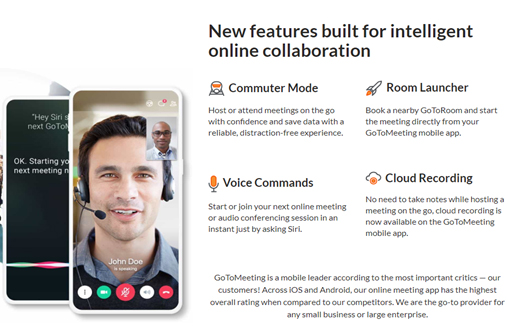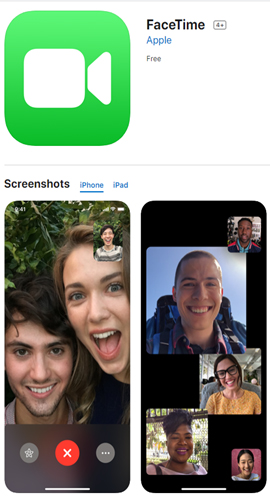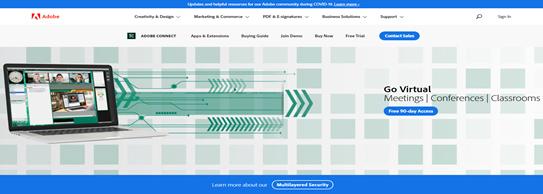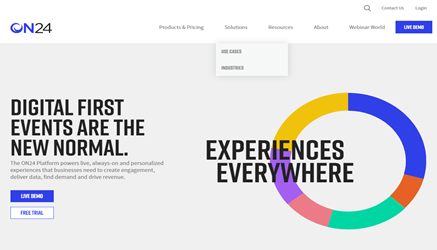Communication is the lifeblood of any business. Meetings and conferences happen all the time, which is why audio transcription services have become so important. But with the global pandemic that kept people confined to their homes, virtual or online channels have become the dominant mode of communication.
Why Virtual Conferences Are Indispensable
As Covid-19 made its presence felt in the early months of 2020, the technology we often took for granted suddenly became indispensable. Virtual meetings and video conferencing became the lifeblood of work-from-home arrangements. Video conferencing enables multiple individuals representing various departments of an organization to stay in touch. Organizations and work-from-home employees can keep in touch with each other as well as with clients. All you need is a laptop with webcam and high quality audio. When video conferencing involves larger audiences, you would also need projectors. But the most important aspect is the software or platform that facilitates these conferences.
Let’s start with the most common platforms we use for both casual and businesses conversations and then move onto the more advanced and professional-only platforms.
- Google Hangouts
One of the most common tools out there is Google Hangouts. We normally use this platform for chatting. But you can also use it for making phone calls and video calling. The platform enables a maximum of 10 people to be connected with instant messaging. You can stream Hangouts video calls on YouTube in real-time and, while you may need to specifically install it on mobile phones, when it comes to laptops it already comes installed with Gmail. Though this platform only has basic features, it is simple and user-friendly. It’s already being used by many companies.
- WhatsAppYour smartphone surely wouldn’t be what it is without WhatsApp. In addition to simple chat, this messaging option can be used to make video calls and connect with individuals or groups through group calls. Small businesses don’t need to struggle with high tech and complicated platforms – WhatsApp could be all they need to stay connected through video.
- Skype
(Screenshot: https://www.skype.com/en/)Now let’s talk about Skype. Skype has been around for a long time. Most people have personal Skype accounts and you can use this option to connect with an individual or a group of people. You can arrange long-distance calls and meetings without any extra costs. While it’s simple and user-friendly, problems have been reported in terms of delays in buffering, calls getting dropped, and quality issues in visuals and audio.
- Zoom
(Screenshot: https://zoom.us/)Now let’s move to the really high tech and business-oriented platforms. Zoom is one of the most popular of these. Zoom has so many features that you can use it not only for virtual meetings with individuals and groups, but also for holding webinars, seminars and conferences. It comes with a chat tool that enables users to share documents simultaneously as the meeting is going on. Of course, this platform is based on subscriptions. But the basic package is free and it can come with features such as unlimited meetings for unlimited time. Each meeting is given a time limit of 40 minutes.
- GoToMeeting
(Screenshot: https://www.gotomeeting.com/en-in)Another high tech, professional tool is GoToMeeting. It allows messaging between members of your team and provides transcriptions of dialogues too. There are also various adjustments you can make to the team settings. Meetings can accommodate a maximum of 100 people. The platform also enables you to hold and participate in meetings with a smartphone. Subscription plans begin at $12 per month, but a free trial is offered for 14 days.
- FaceTime
(Screenshot: https://apps.apple.com/us/app/facetime/id1110145091)If you want to stick to free services, there is another platform exclusively for Apple devices – FaceTime. It enables group chat with up to 32 members. Its tools tell you who the current speaker in the conference is and you can also hide the faces of participants on your screen. FaceTime is great for casual communication as well as business use.
- Adobe Connect
(Screenshot: https://www.adobe.com/products/adobeconnect.html)Moving on to more professional platforms with a lot more features, you need to check out Adobe Connect. Its features go beyond just messaging, video chat and even desktop sharing. You can customize digital rooms, organize emails and also make smaller sites. Packages start at $50 per month. For webinars, you can select from packages starting at $130 per month.
- ON24
(Screenshot: https://www.on24.com/)With ON24, there is a lot you can do with the platform. You can create interactive, data-based webinars. You can also study the behavior of audiences through surveys and polls, monitor their conversations and engagement and also analyze resources. Webinars or meeting can be recorded in multiple takes. You can also move from real-time communication to recorded presentations. The free trial period is 30 days.
With these tools and the comprehensive features they offer, companies can ensure that their teams stay connected, regardless of their location. Online transcription services can ensure that these virtual interactions are documented accurately for reference and review.











